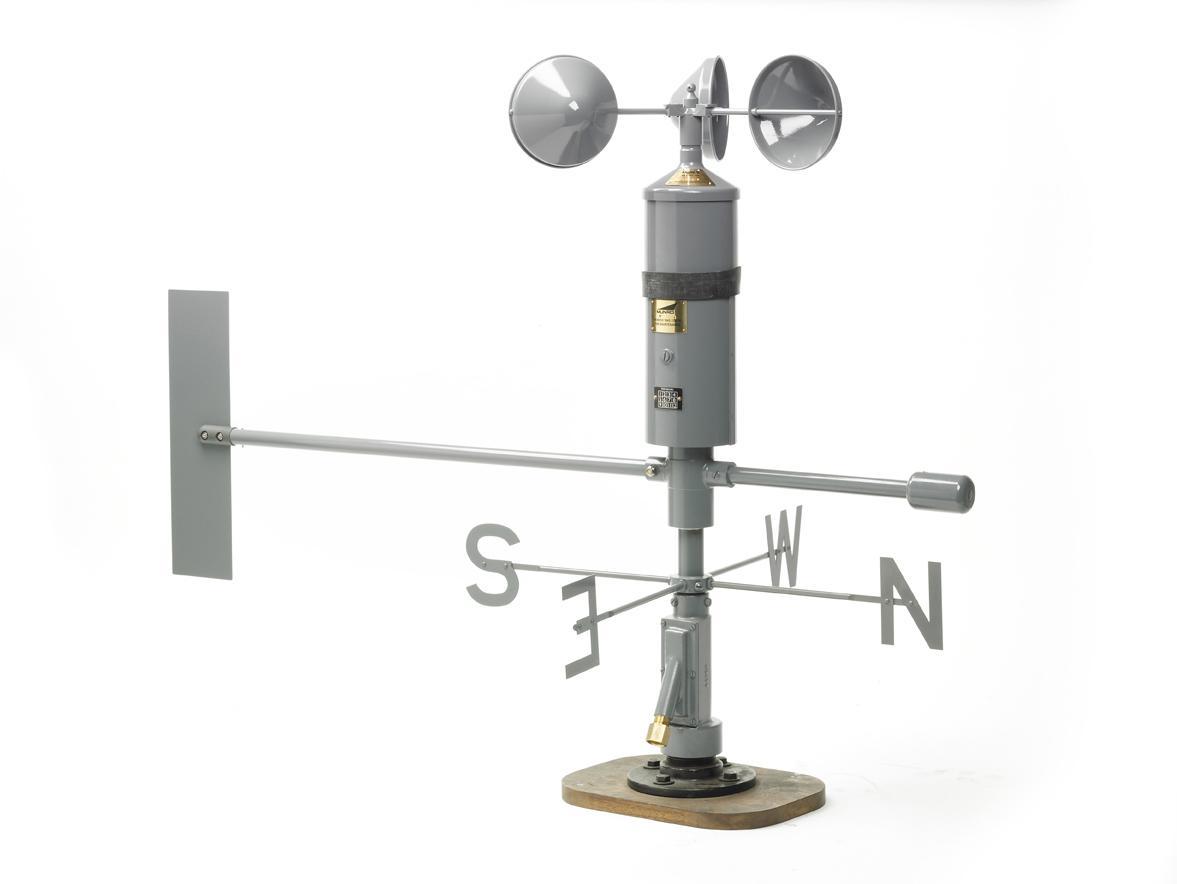Choosing the Right Anemometer: A Comprehensive Acquiring Guide
Choosing the Right Anemometer: A Comprehensive Acquiring Guide
Blog Article
All You Required to Learn About Anemometers: Exactly How They Function, Why They Issue, and Where to Utilize Them
Anemometers, however commonly forgotten in the realm of clinical instruments, play a crucial function in numerous areas, providing beneficial understandings right into wind speed and air movement patterns. Recognizing the technicians behind these devices is vital for anybody seeking to harness the power of this data. From meteorologists tracking weather condition patterns to designers developing structures with wind lots in mind, the applications of anemometers are far-ranging and varied. As we look into the ins and outs of anemometer modern technology, we will certainly uncover the internal functions of these tools, their relevance, and the vital factors to consider when choosing the right anemometer for details applications.

Anemometer Fundamentals
An essential instrument made use of to determine wind speed and instructions, the anemometer plays an essential duty in weather forecasting and different industries. An anemometer commonly consists of 3 or four cups that revolve in the wind, a vane that points right into the wind, and sensors to track the rotations or activities.
There are numerous kinds of anemometers readily available, including cup anemometers, vane anemometers, hot-wire anemometers, and sonic anemometers, each with its unique features and applications. Mug anemometers are typically used for basic wind rate dimensions, while vane anemometers are favored for directional dimensions.
Principles of Anemometer Procedure
Building on the fundamental understanding of anemometer basics, the concepts of anemometer operation illuminate the auto mechanics behind wind speed and direction dimensions. Mug anemometers, for circumstances, have three or even more cups that record the wind, triggering them to spin faster as the wind speed boosts. Hot-wire anemometers count on a warmed cable that cools down as wind passes over it, with the rate of cooling identifying the wind rate.
Value of Anemometers
Anemometers play a crucial role in gauging wind speed and direction, supplying essential information for weather forecasting, environment studies, environmental monitoring, and aviation operations. Meteorologists rely on anemometers to collect accurate wind data, helping them comprehend climate patterns, forecast storms, and concern timely cautions to the public. Wind farm operators use anemometers to evaluate wind conditions and optimize electrical energy production from wind turbines.
Applications Throughout Numerous Industries
In the sustainable energy field, anemometers play a vital role in examining wind problems for wind farm placements, guaranteeing optimal energy manufacturing. Industries like building and construction and mining utilize anemometers to monitor wind rates, vital for safety methods, especially when working at elevations or in open-pit mines where strong winds can position hazards. In agriculture, anemometers assist farmers in handling plant splashing by giving real-time data on wind speed to avoid drift.

Selecting the Right Anemometer for Your Requirements
For basic functions, a mug anemometer is appropriate for measuring wind rate, while a vane anemometer offers wind instructions information. Hot-wire anemometers are perfect for reduced airspeed measurements, and ultrasonic anemometers provide high precision and resilience.

Conclusion
Finally, anemometers play an important role in measuring wind speed and direction across numerous markets. Comprehending the concepts of anemometer operation find here is important for picking the best tool for particular needs. From weather forecasting to aviation, anemometers are crucial devices for accumulating exact data and making certain security in different applications. It is necessary to take into consideration the value of anemometers in order to make informed choices when selecting advice the most suitable gadget for measuring wind conditions.
There are numerous types of anemometers available, including cup anemometers, vane anemometers, hot-wire anemometers, and sonic anemometers, each with its special attributes and applications. Mug anemometers are commonly utilized for basic wind speed measurements, while vane anemometers are preferred for directional measurements. Hot-wire anemometers are ideal for reduced airspeeds, and sonic anemometers are optimal for high-precision dimensions in research study and commercial setups.Structure on the foundational understanding of anemometer fundamentals, the concepts of anemometer operation clarify the technicians behind wind speed and direction measurements. For basic functions, a cup anemometer is suitable for measuring his response wind speed, while a vane anemometer gives wind instructions data.
Report this page